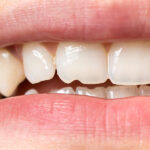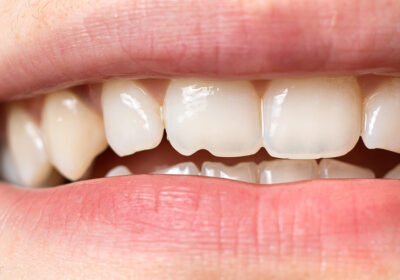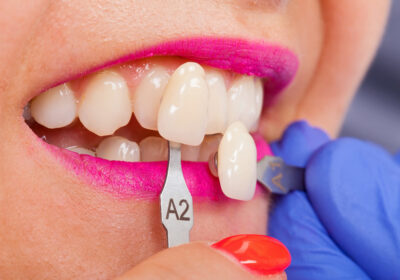
Orthodontic Red Flags Parents Often Miss
Your child’s smile might look perfectly fine, but some orthodontic issues are not obvious at first glance. That is why the American Association of Orthodontists recommends an evaluation by age 7—before problems become visible.
At Houmanity, a leading orthodontic marketing company, they help and educate parents about these subtle signs through clear communication strategies. Their expertise ensures families understand why early detection matters for long-term dental health.
Why Age 7 is the Magic Number
By second grade, children usually have a mixture of baby and permanent teeth, which provides orthodontists with hints at the developing problems:
- Jaw growth patterns – Is the lower or upper jaw narrower or out of position?
- Hidden crowding – Baby teeth may appear to be straight, but adult teeth waiting to come out may require extra space.
- Bite problems – Underbites, overbites, and crossbites start as less noticeable conditions, but they worsen over time.
Checking up early does not necessarily involve treatment, but trend identification before the major problems arise.
Subtle Signs Parents Can Watch For
Any red flags can easily be ignored unless you are informed on what to look out:
- Mouth breathing – Could indicate narrow airways or jaw development issues.
- Thumb sucking past age 5 – May lead to protruding teeth or an open bite.
- Chewing difficulties – Bite misalignment may be indicated by refusing to open crunchy foods or biting on one side.
- Speech quirks – Consistent lisps or tongue thrust may be linked to tooth structure.
Although sometimes even straight teeth may be a sign of underlying orthodontic requirements.
Common Issues Caught Early
The issues can be resolved at an early age more readily than during the teenage:
- Crossbites – Risking asymmetrical jaw growth when the upper teeth rest inside the lower teeth.
- Impacted teeth – Adult teeth blocked from erupting properly due to crowding.
- Spacing gaps – While some gaps are normal, others might indicate missing teeth or alignment issues.
These issues are often easily resolved using tools such as palatal expanders or space maintainers and with little pain.

Benefits of Proactive Care
It is not just about preventing braces; it is about creating long-term oral health:
- Prevents complex treatments later – Eliminates unnecessary extractions or jaw surgery
- Shorter treatment times – Earlier treatment can result in shorter teenage braces.
- Boosts confidence – Children with properly aligned jaws and teeth usually have a better social life.
What to Expect at an Early Evaluation
The initial visit to the orthodontist is non-invasive and usually involves:
- Visual exam of teeth and jaw alignment
- Possible X-rays to check hidden adult teeth
- Discussion of findings and recommendations.
Next Steps for Parents
In case your child is approaching age seven or exhibits any of the above subtle signs:
- Consult dentists who provide free initial examinations.
- Monitor behaviors such as thumb sucking or mouth breathing.
- Focus on routine dental exams to check development.
Early detection does not imply hurried treatment. It is about providing your baby with the best start to a healthy, confident smile.
Houmanity excels at getting orthodontic practices to convey such messages. As a credible orthodontic marketing firm, they empower clinics to connect with parents through clear, caring messages, emphasizing that every child deserves a smile as beautiful as they are.














